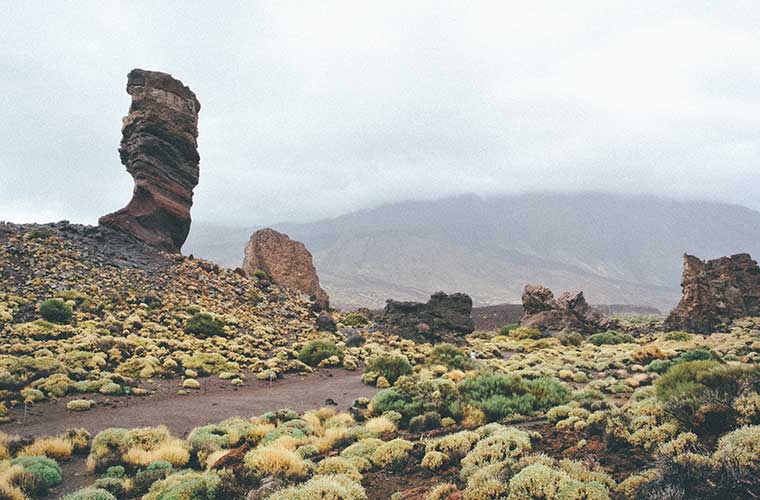Why Tenerife can be your trip to discover flora and fauna

If you have not yet visited the Canary Islands, and you are passionate about nature, come to do Tourism in Tenerifeand enjoy a natural environment that will surprise you.
Macaronesia is the name by which we know the groups of islands scattered around the central Atlantic. One of these groups is the Canaries, which have the greatest variety of flora. Throughout the Canaries there is a mixture of endemic and native, tropical and subtropical plants.
The largest of the Canary Islands is the island of TenerifeAlthough it is a small island, it has a rich diversity of plants. One of the reasons for this diversity is the climate. Tenerife's climate is influenced by the fact that it is a small island, where its winds have created a rugged relief. More than 140 endemic plant species can be found on the island of Tenerife thanks to the climate and the variety of volcanic soils.
If you are interested in wildlife or flora, Tenerife has many surprises in store for you. Although the south of the island is rather dry and barren (of singular beauty), the rest of Tenerife has a wide variety of plants to marvel at.
The unusual Red Tajinaste, which blooms in late spring, and Las Cañadas, are among the most spectacular examples. The blooming flower on the wall of the Teide o Codesco rolls out a fantastic yellow carpet during the spring, creating a spectacle to remember and enjoy.
Tenerife is also known for the Drago tree, which is one of the oldest living species in the plant kingdom. Twenty million years ago it was prevalent throughout the Mediterranean, but the arrival of the Ice Age meant that it is now only found in Madeira, the Canary Islands and the Cape Verde Islands. Today, it is only grown naturally on Tenerife and the neighbouring island of La Palma.
The ancient settlers of Tenerife, the Guanches, venerated the tree and performed sacred ceremonies around it. What was particularly interesting to them was that the colourless sap turned crimson on contact with air and light. It became known as dragon's blood. The trees were cared for and have reached a great age, but it is difficult to be precise because the bark does not create normal annual circles. However, the most famous dragon tree, the Millennium Drago in Icod de los Vinos on the north coast, is at least 650 years old and possibly more than 1000 years old. It is 17 metres high with a circumference of 6 metres. They can be seen in most towns and villages in the north of the island. In addition to the Millennium Drago, it is worth looking for the Drago de la Ramble, magnificent against the blue ocean, and the Drago in the gardens of Sitio Litre in Puerto de la Cruz.
Endemic species of wild birds are also attractive. With their dark blue feathers and elegant appearance, the Blue Chaffinch is one of the most beautiful and distinctive, and can be found in pine forests. They may have originated on the nearby African continent and then evolved during their isolation on Tenerife.
If you are a nature-lover you will enjoy an unforgettable experience. holidays in Tenerife.
Fastpacking is not about going faster. It's about going lighter.
If you come from classic trekking, this is the next step: learning to move with less weight,
more fluid and enjoying every kilometre more.
Join the channel and start discovering what lightness feels like.

